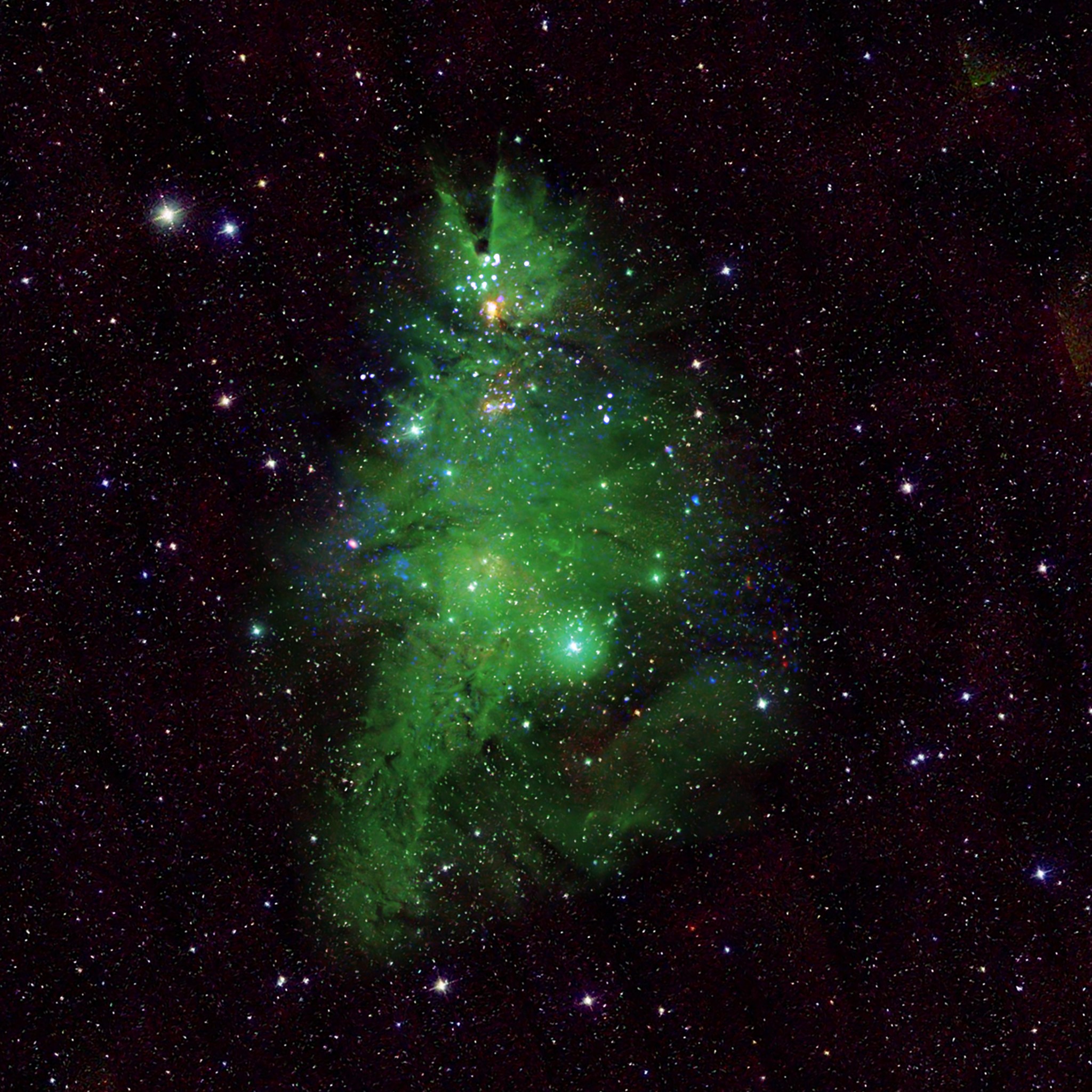Recently, the New York Times reported that “Israel knew Hamas’s attack plan more than a year ago.” Code-named “Jericho Wall,”
BYDR. DAN STEINBOCK
DECEMBER 25, 2023

Withing hours after October 7, Israeli headlines told the story: “This is our 9/11.” In reality, the Hamas-Israel War is about ethnic cleansing coupled with economic struggle for energy. In effect, Israeli intelligence did not fail. The far-right political leadership did.
Recently, the New York Times reported that “Israel knew Hamas’s attack plan more than a year ago.” Code-named “Jericho Wall,” the 40-page blueprint outlined the kind of lethal invasion that resulted in the death of some 1,200 Israelis. The document was circulated widely among Israeli military and intelligence leaders, but experts determined an attack of that scale and ambition was beyond Hamas’s capabilities.[i]
The Times report reverberated internationally. But it wasn’t a scoop.
Neglect of warnings, gender bias
After October 7, Israeli media has released several critical pieces indicating that many intelligence analysts’ warnings were ignored. What was new in the Times piece was the blueprint document. Underpinning all these ignored warnings was the flawed belief that Hamas lacked the capability to attack and would not dare to do so.
This belief was fostered by two tacit factors. First, gender bias and sexism. The longer that the militarization has prevailed in Israel, the more the country’s gender gap has deepened. Today, Israel ranks at the level of El Salvador and Uganda in this regard.[ii] Since October 7, testimonies from members of the mainly female look-out units have bolstered accusations that Netanyahu’s leadership fatally misread the dangers from Gaza.
Not just Netanyahu, but senior politicians from across the political spectrum bought into the idea, which was also touted by Israel Defense Forces and eventually Shin Bet. “It’s infuriating,” said Maya Desiatnik soon after October 7. “We saw what was happening, we told them about it, and we were the ones who were murdered.”
Desiatnik is from Nahal Oz, where 20 women border surveillance soldiers were murdered by Hamas.
Figure 1 Maya Desiatnik: “We saw what was happening”

Source: “Surveillance soldiers warned of Hamas activity on Gaza border for months before Oct. 7.” Times of Israel, Oct 26, 2023
Intelligence failure – or not
Second, half a century of occupation has left an impact not just on popular opinion but on analytical assessments. The idea that Hamas lacked capability to attack was predicated on the notion that “they” wouldn’t be as imaginative as “we” can be.
Based on 1-2 years of evidence, Hamas militants trained for the brutal attacks in at least six sites across Gaza in plain sight and less than a 1.5 km from Israel’s heavily fortified and monitored border, as even CNN reported in early October.[iii]
Worse, many testimonies by Israeli witnesses to the Hamas attack add to growing evidence that the Israeli military killed its own citizens as it struggled to neutralize Palestinian gunmen. As one witness said to Israel Radio: “[Israeli special forces] eliminated everyone, including the hostages.”[iv]
In the 1980s, the Operation Cyclone led the U.S. to train, arm and finance a generation of Islamist fedayeen in Afghanistan, including Osama Bin Laden. Netanyahu’s governments thought they could exploit Hamas; not that Hamas could exploit them.
But if the intelligence failure wasn’t a failure at all, what was it?
From the start, Israel’s counter-offensive has relied on a rhetoric of targeted killing, but with actual focus on the destruction of Gaza. In view of the Israeli military, their operation comprises tactical military targets; underground targets such as tunnels; but particularly power targets like high-rises and residential towers; and operatives’ family homes. In past wars, military and underground targets were in the key role. Now it belongs to power and family-home targets. The real objective is maximum harm to the Palestinian civil society.[v]
A prelude to the West Bank?
There are almost no Palestinians remaining in the vast area stretching east from Ramallah to the outskirts of Jericho. Most of the communities who lived in the area have fled for their lives in recent months as a result of intensifying Israeli settler violence and land seizures, backed by the Israeli army and state institutions. Israeli settlers have chased out entire Palestinian communities in Area C.[vi] The area that just happens to stand “above sizeable reservoirs of oil and natural gas wealth,” as UNCTAD stressed already in the late 2010s.
In the past, ethnic cleansing had mainly demographic objectives. Today, it also serves economic agendas. The consequent damage can no longer be considered collateral but intended.
International media “discovered” the West Bank’s settler violence mainly in fall 2023. But it’s not a new phenomenon. But it turned more open, blatant and destructive after the assassination of Prime Minister Yitzhak Rabin in the mid-‘90s (Figure 2)
Figure 2 Intimidation of the West Bank’s Palestinians

Graffiti on a house: “Graffiti such as “Die Arab Sand-Niggers!” is often sprayed on Palestinian houses by Israeli settlers. Hebron, West Bank, Palestine. Date: May 3, 2002
Source: Wikimedia Commons
The prospect of the Second Nakba
What once stood between the Netanyahu government and the grandiose plans for a Greater Jewish Israel with abundant energy reserves was Gaza. Hence, the frantic activity of the Biden administration and the subdued silence of Brussels. Both like the ensuing energy scenarios, but detest the bad PR. Ultimately, it is the demographic agendas, deeply ingrained in decades of ethnic cleansing, that are now coupled with economic energy aspirations.
In this view, the Israeli intelligence did not fail on October 7. It did its job; it warned the policymakers about the impending threat. It’s the political leadership that failed.
Purposeful or not, this neglect serves the far-right government’s tacit political objectives to neutralize Gaza and Palestinian sovereignty by displacing the Gazans; and to advance preconditions for Palestinian expulsions from the West Bank (Figure 3).
Figure 3 Dante’s Inferno, 2023

After an Israeli airstrike on the El-Remal in Gaza City on October 9, 2023.
Source: Wikimedia Commons (Wafa)
There is a dark trade-off, though. The ensuing Israel would no longer be the secular, Jewish-Arab democracy it was once supposed to become. Rather, it may trend toward a militarized, neoliberal Jewish autocracy that most Israelis intensely oppose, but American financiers prefer. Milton Friedmans need their Pinochets. The external chasm between Jews and Palestinians would be replaced by internal divides between rich and poor, secular and religious, Western and Eastern Jews.
Here’s the inconvenient truth: The First Nakba resulted from ethnic expulsions most of which preceded the Israeli independence in 1948. The Second Nakba would also be about sovereignty over gas and oil, should international community allow it. And if it will, make no mistake about it: Our humanity will no longer be the same.
What happens in Palestine won’t stay in Palestine.
The original 7,400-word analysis was published by The World Financial Review (December-January issue), see https://worldfinancialreview.com/displacing-a-nation-what-led-to-and-caused-the-gaza-israel-catastrophe/
[i] Bergman, R. and Goldman, A. 2023. “Israel Knew Hamas’s Attack Plan More Than a Year Ago.” New York Times, Nov 30.
[ii] Global Gender Gap Report 2023. World Economic Forum, Aug.
[iii] Murphy, P. 2023. “Hamas militants trained for its deadly attack in plain sight and less than a mile from Israel’s heavily fortified border.” CNN, Oct 12.
[iv] “October 7 testimonies reveal Israel’s military ‘shelling’ Israeli citizens with tanks, missiles.” The Grayzone, Oct 27, 2023, based on Haaretz reporting.
[v] Abraham 2023, op.cit.
[vi] Ziv, O. 2023. “It’s like 1948’: Israel cleanses vast West Bank region of nearly all Palestinians.” +792 Magazine, Nov 30; Hawash, I. A. 2023. ““If you don’t leave, we’ll kill you’: Hundreds flee Israeli settler violence in Hebron area.” +972 Magazine, Nov 22.
Dr. Dan Steinbock is an internationally recognized strategist of the multipolar world and the founder of Difference Group. He has served at India, China and America Institute (US), Shanghai Institutes for International Studies (China) and the EU Center (Singapore). For more, see https://www.differencegroup.net/








